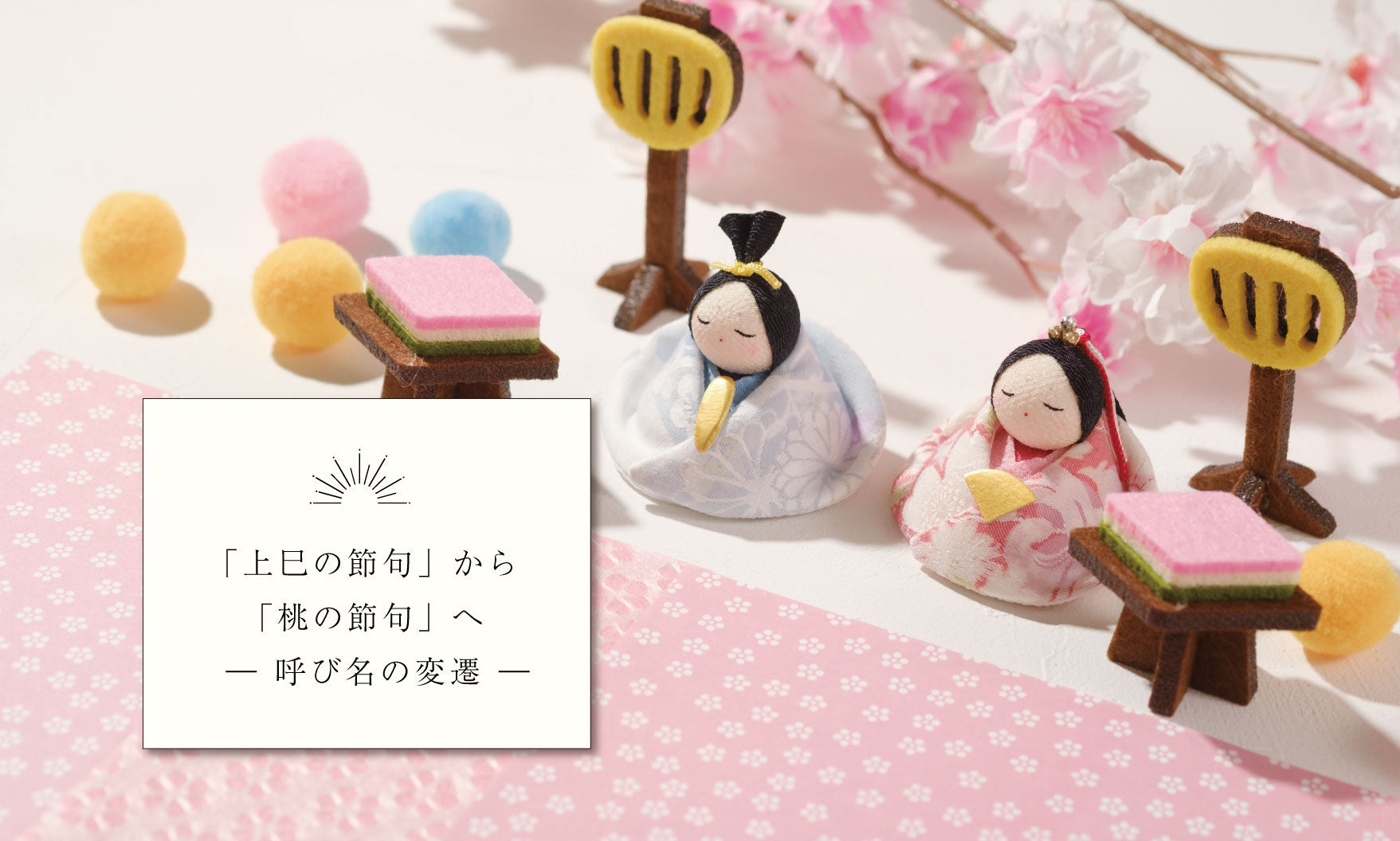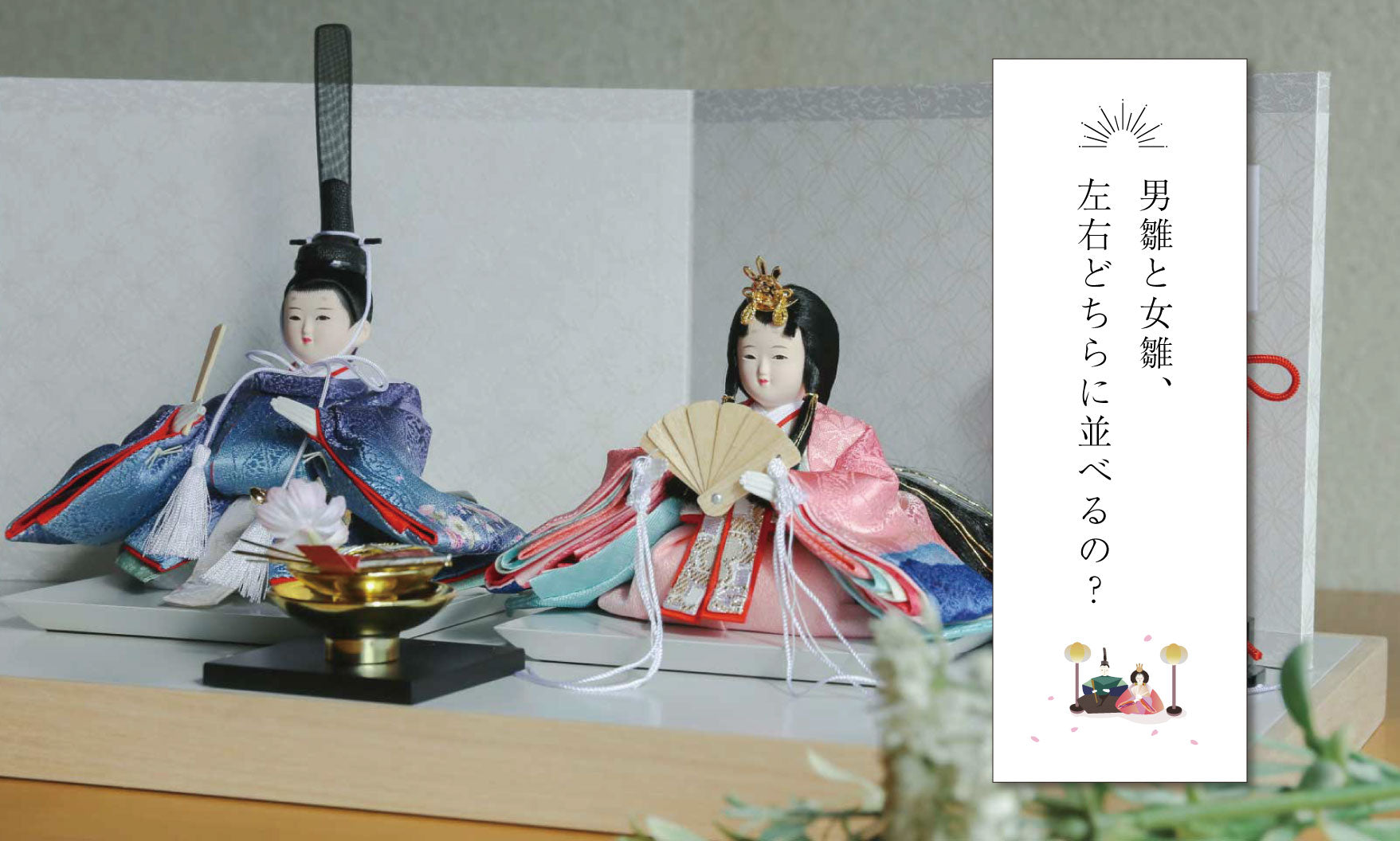We celebrate the Doll Festival as the "first festival of a year." If we trace its origins, we can see that it is a custom born from the overlap of the ancient Japanese wish to "ward off evil spirits" and the "form of prayer" that naturally arose in people's daily lives.
How a doll becomes a "charm"
In the old days, the "Nagashi Hina" festival was held, in which dolls made of paper or straw were floated down rivers or into the sea to ward off evil spirits.
.
During the Heian period, it was common for girls of the upper classes to play with paper dolls called "hina asobi." Gradually, however, these dolls began to take on a more meaningful role as charms rather than just toys.
In the past, the Imperial Court and nobles would decorate dolls on March 3rd to pray for the protection of girls from evil and for their healthy growth, and these prayers eventually evolved into the popular "Girls' Festival."
During the Edo period, Hina dolls became a symbol of blessings
In the Edo period, March 3rd was officially designated as the "Joshi Festival (Peach Festival)" and the Doll Festival became one of the most important annual events in both the formal and Ooku eras.
.
It is believed that the term "Hatsu-sekku" began to be used during the Soba era, when the idea of the whole family celebrating the birth of a baby was important.
This "First Festival" is filled with prayers from families for "no misfortune to befall the children" and "may they live a happy life," and the "Hina Dolls" are what make these dreams come true.
The "Hatsusekku" is a day when families gather together to pray.
The modern-day first festival is also a continuation of the culture that was rooted in the Edo period.
For the newborn baby, giving and decorating Hina dolls, and cherishing small celebrations with the family - all of this is for the baby's
It marks the beginning of our wish to truly rejoice in their existence and to be able to face future milestones in life in good health.
Furthermore, the Hina doll given to a girl is considered to be a substitute for the child and a kind of talisman that will protect the child throughout her life.
For this reason, the Hina dolls given as gifts on the occasion of the first Doll's Festival are filled with the weight and affection of being a "once in a lifetime gift." 
summary
The modern "Hatsu-sekku" is an irreplaceable event for families to express gratitude for the miracle of the baby's birth and pray for a healthy future.
Its origins are filled with the wisdom and love of many eras, including the ancient practices of purification and prayer, the development of doll culture, and the family culture of the Edo period.
On Hinamatsuri, families decorate the dolls and celebrate with the little smiling faces of their babies.
It is a unique Japanese scene of warm prayer that has been handed down for over a thousand years.









